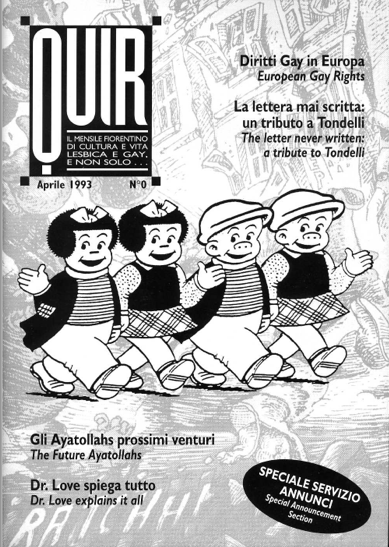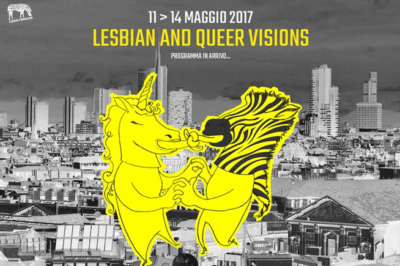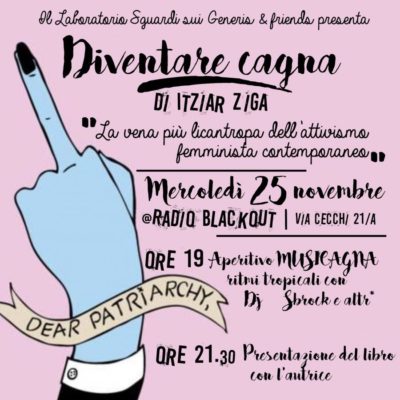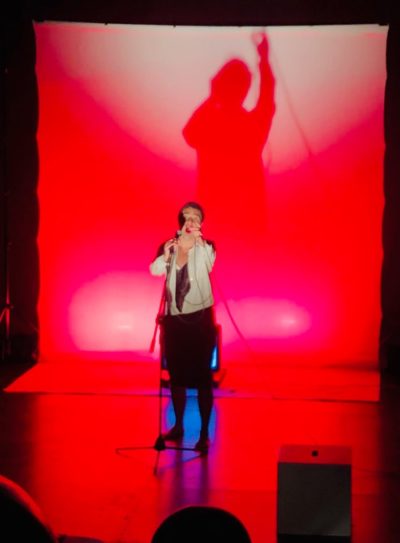Gender/sexuality/Italy 6 (2019) – Table of Contents
Table of Contents – Gender/sexuality/Italy, 6 (2019)
Nicoletta Marini-Maio, Journal Editor
Julia Heim, Charlotte Ross, and SA Smythe, Themed Section Guest Editors
Paola Bonifazio, Invited Perspectives Editor
Ellen Nerenberg, Open Contributions and Continuing Discussions Editor
Erica Moretti and Colleen Ryan, Reviews Editors
Victor Xavier Zarour Zarzar, Managing EditorGuido Capaccioli, Lisa Dolasinski, Samantha Gillen, Giorgio Losi, Katherine Travers, Assistant Editors
Journal Editorial.
NICOLETTA MARINI-MAIO, Dickinson College
PAOLA BONIFAZIO,








